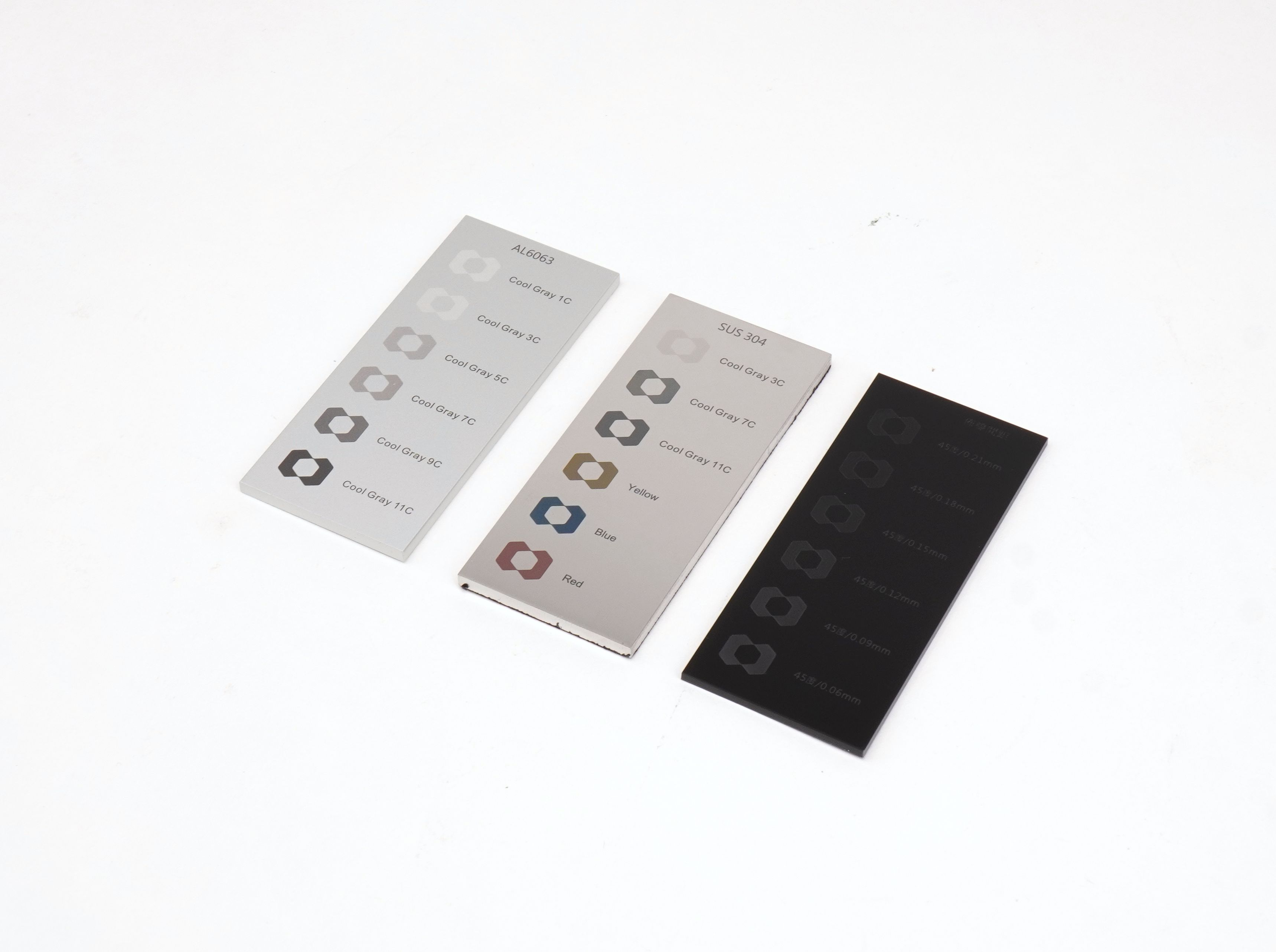Apr.19.2023
Part I: Logo Design Effects
Brand logos are often one of the first things that come to mind when thinking of a brand, as they represent the company's image and values and can significantly impact consumer purchasing decisions. An effective and impactful logo design requires not only an appealing appearance but also careful consideration of its presentation and production. The production processes and methods used, such as printing, embroidery, and chrome sticker, can have varying effects on the final outcome of the logo. Additionally, material, color, and design details are among the factors that can influence the final presentation of the logo. When it comes to model-making, certain logo effects can match those of the mass production process, while others cannot. The following sections and an upcoming Part II explore common logo effects used during model-making.
Flat Logos - Screen Printing/Pad Printing
The sample above: Glossy logo printed on a matte surface
One of the most common methods is silkscreen printing or pad printing the logo onto the product with options for using the same or different colors or finishes.
Note: Due to the ink limitations in both model-making and mass production, printed glossy logos usually results in a slight orange peel texture when reflected.
Flat Logos - Finish Variation on Plastic
The sample above: Masking technique finish variation (glossy/matte)
The logo and product surface is the same color and only differ in the finish. This is a cost-saving way to put a logo on a plastic part for mass production. This process could make the logo more durable than printed logos. In model- making, a masking technique is used to create the finish variation, preventing the orange-peel effect often seen on glossy printed logos.
Note: Compared to printed logos, finish variation logos can achieve the best glossy finish logo quality in both model making and mass production.
Flat Logos - Finish Variation on Metal
The samples above: Polished logo on a sandblasted surface with clear anodization (left) and with black anodization (right)
For metals, such as stainless steel and aluminum, this is achieved by polishing, masking, and sandblasting. Once these processes are completed, PVD or anodization can be applied to the metals to create different colors.
Note: After anodization, the original 100% polished finish on aluminum will reduce to around 70-80%.
Flat Logos - Laser Etch
The samples above from left to right: Laser-etched logos on aluminum, stainless steel, and plastic
Laser-etched logos can display colors that are darker than the material itself and can be applied on metal and plastic surfaces. It is worth noting that laser-etched logos on stainless steel material can display a variety of colors depending on the laser power used. The logo on plastic surfaces can have varying shades, which can be controlled by patterns of different densities, as shown in this video .
Note: In model-making, the selection of colored plastic materials is limited, so printing on painted plastic surfaces is commonly used to simulate the laser etching effect.

